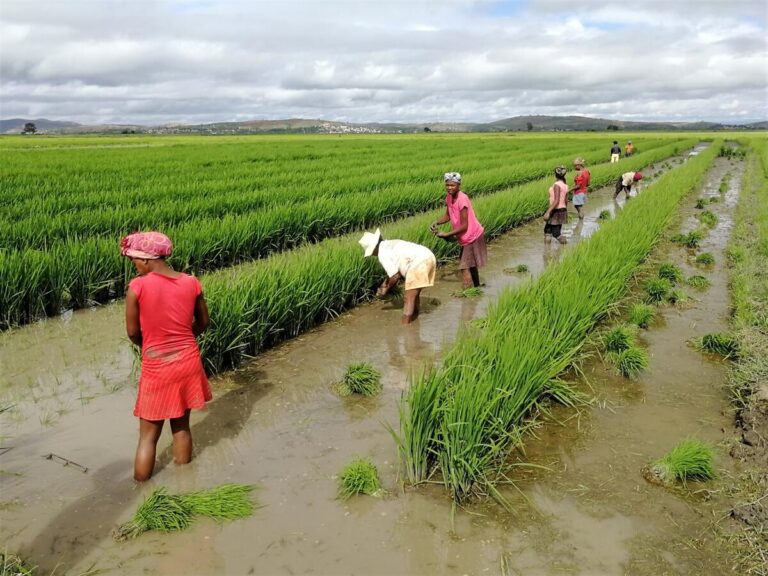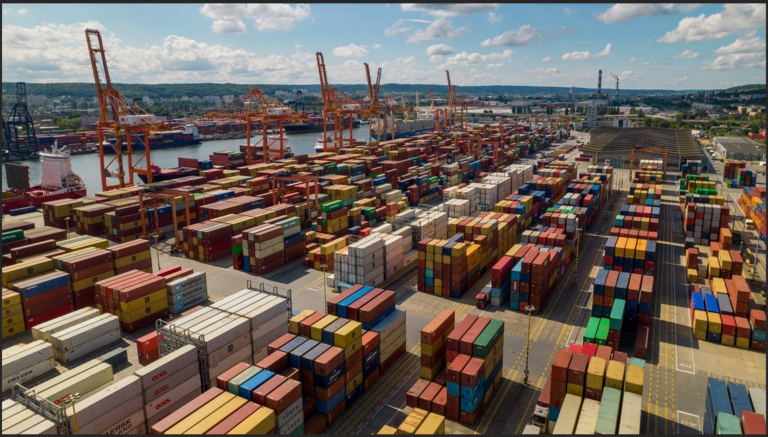The State of Agricultural Commodity Markets 2024
Trade is an essential part of our agri-food systems, as it fulfills the fundamental function of moving food from surplus regions to deficit regions, thus contributing to global food security. Global food markets connect people and countries around the world; they contribute to the efficient use of natural resources worldwide; they facilitate the supply of sufficient, safe, and diverse food; and they generate income for farmers and people working in the food and agriculture sectors. Trade is inherent to the economic, social, and environmental dimensions of sustainable development. It is also closely related to economic growth, interacts with people, and establishes links with the environment. [1]





